Butter adds richness to baked goods and tastes delicious if you spread it on freshly-baked bread. Most people know that traditional butter contains a lot of fat, but what about water? Does butter have water in it?
Butter usually has water in it but very little. Butter consists mainly of milk fat, and water is one of its minor ingredients. The water allows it to spread more easily and to have a smoother texture.
Read on to find out if butter, including vegan butter, usually has water in it and, if so, how much. I’ll also explain if butter dissolves in water and which butter type has the lowest water content.

Does Butter Usually Have Water in It?
Butter usually has water because it is a by-product of the manufacturing process. Making butter involves churning cream until its texture is stiff and then separating the buttermilk (containing the water) from the fat in the cream.
It’s usually impossible to separate the buttermilk and the cream fat completely, mainly because there’s always a tiny amount of water in the butter.
However, water offers some benefits as it creates more volume and helps to soften butter’s stiff and creamy texture, allowing you to spread it more easily (sources: IFT Online Library, BBC Good Food, and Foodworks).
Here’s a table explaining butter’s nutritional content, including its typical water content:
| Nutrient | Amount |
| Milk (or Butter) Fat | 80% Milkfat in butter contains the following fat types: Saturated Fat (66%)Monounsaturated Fat (30%)Polyunsaturated Fat (4%) |
| Water | 15% |
| Salt | 2.5% |
| Milk Solids | 2.5% |
Keep in mind that the above is only a general guide, and the water, salt, and fat content varies by brand and butter type. Most countries such as the United States have regulations that manufacturers may only describe a product as butter if it contains at least 80% milkfat (source: USDA).
Unsalted butter doesn’t contain salt, while reduced-salt butter has less than 1% salt. Light or low-fat butter doesn’t contain as much saturated fat, making it a healthier option if you want to watch your cholesterol.
Eating a 100 g (0.035 oz) serving of butter gives you the following percentages of some daily recommended vitamins and minerals:
- Vitamin A (50%)
- Calcium (1.8%)
- Iron (0.1%)
- Potassium (1%) (source: Dairy Australia)
How Much Water Is in Butter?
Butter has water in it, but it is never more than 15 percent of its total ingredients. Milkfat is butter’s main ingredient, but it also has salt, milk solids, and water.
Below is a handy table explaining the water content in some common butter measurements :
| Measurement | Water Content |
| One Stick (4 oz / 113 g) | 0.6 oz / 16.95 g |
| One Pat (Half a Tablespoon / 0.25 oz) | 0.04 oz / 1.13 g |
| One Tablespoon (0.5 oz) | 0.08 oz / 2.27 g |
| 16 oz (2 Cups, One Pint or 4 Sticks) | 2.4 oz / 68.04 g |
(source: Washington Post)
Does Butter Dissolve in Water?
Butter does not dissolve in water because it consists mostly of fat, which is insoluble in water. Melting butter will not help because this does not change the butter’s chemical structure.
Milkfat contains lipids, which are fatty acid molecules. Fatty acids are hydrophilic, meaning they don’t dissolve in water because their carbon and hydrogen bonds are nonpolar and cannot be broken when they come into contact with water.
You can clearly see this phenomenon when you try and mix butter and water — the butter will rise to the top of the water (sources: FSCJ, News-Medical.net, and Sciencing).

Which Butter Has the Lowest Water Content?
I mentioned that butter can contain varying amounts of water in the previous sections, depending on the type and brand. If you want butter with the least amount of water, which type and brand should you choose?
Clarified butter or ghee has the lowest water content because it contains 99% or more milk fat and little or no water. However, if you are looking for regular butter with the lowest water content possible, look at a farmer’s market or opt for cultured butter.
Many small dairy farms produce butter with slightly higher fat and lower water content, and you can sometimes find this butter at farmer’s markets.
You can also buy cultured butter, which is likewise an excellent option. Cultured butter has been fermented with live cultures to give it a higher fat content and a slight tang. You can find cultured butter for sale at health food stores and farmer’s markets.
If you’d like to buy butter from your local supermarket but want the water content to be as minimal as possible, here’s a useful guide to the water content in some popular brands of butter:
| Butter Brand | Water Content |
| Kerrygold | 15% |
| Lurpak | 13% |
| Yeo Valley Organic | 15% |
| Supermarket Brand Unsalted | 13% |
| President Unsalted | 13% |
| East End Pure Butter Ghee | 0.02% |
Unless there’s a specific reason why you’re either looking for or avoiding butter, most commercially-made butters are pretty much the same when it comes to their water content.
I hope you’ve found this article useful, and that it’ll help you when baking or cooking with butter.


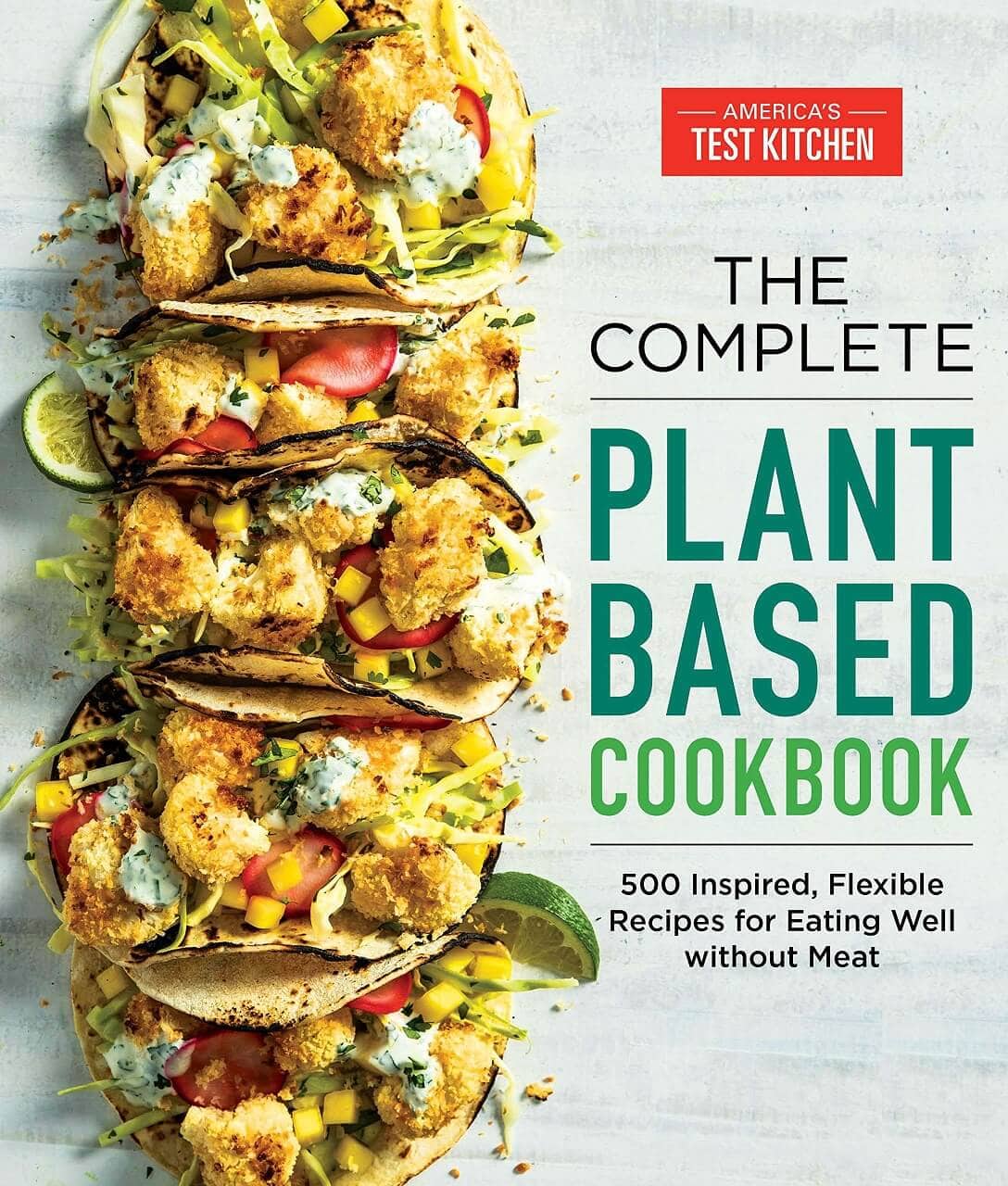

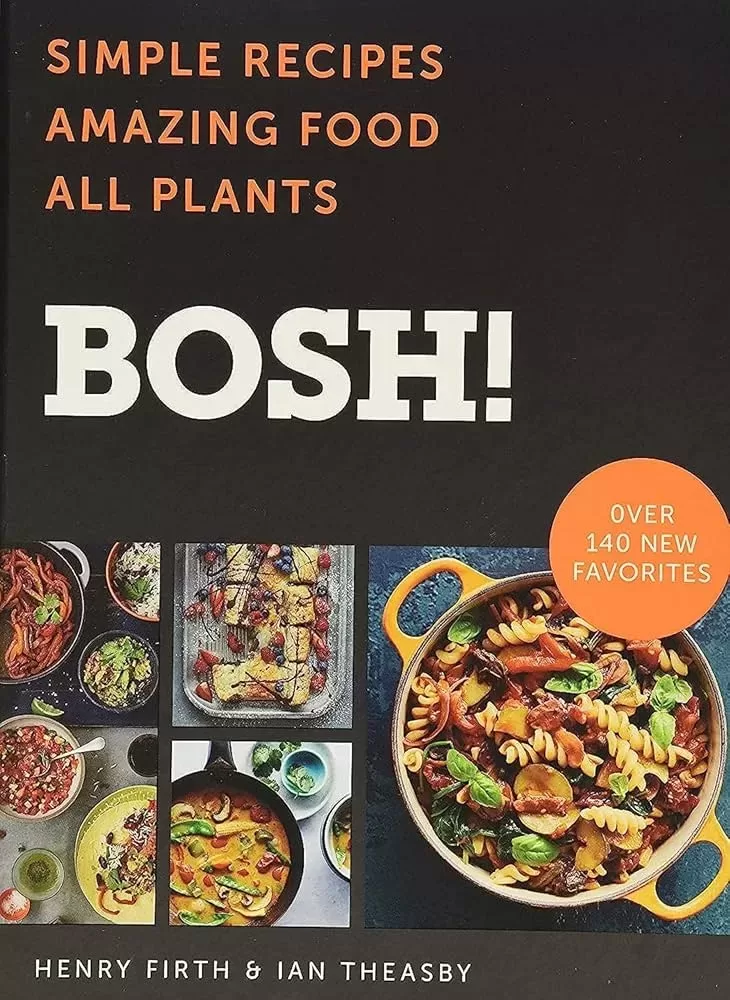
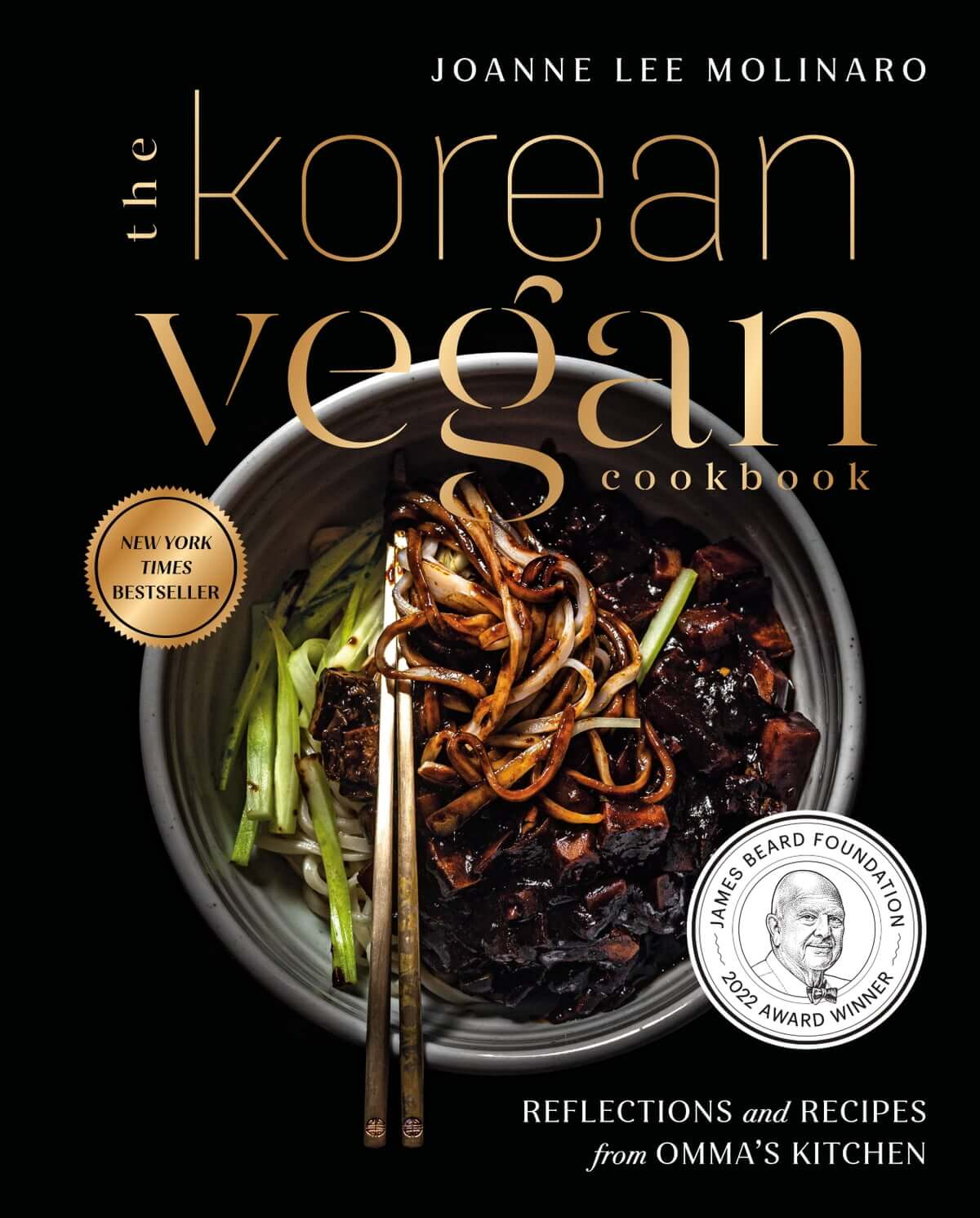
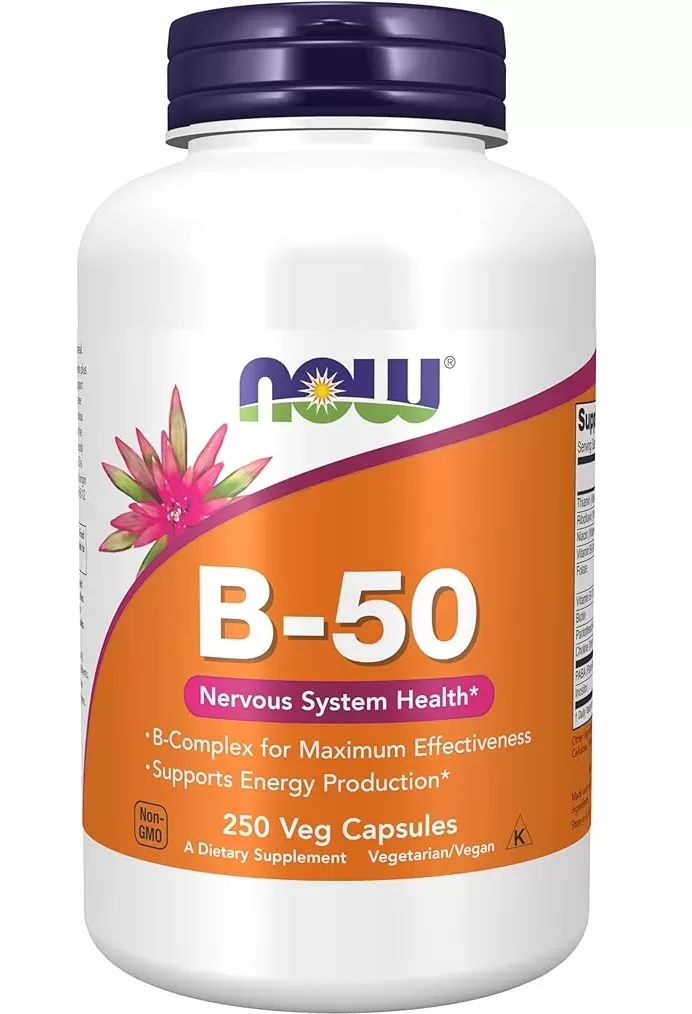
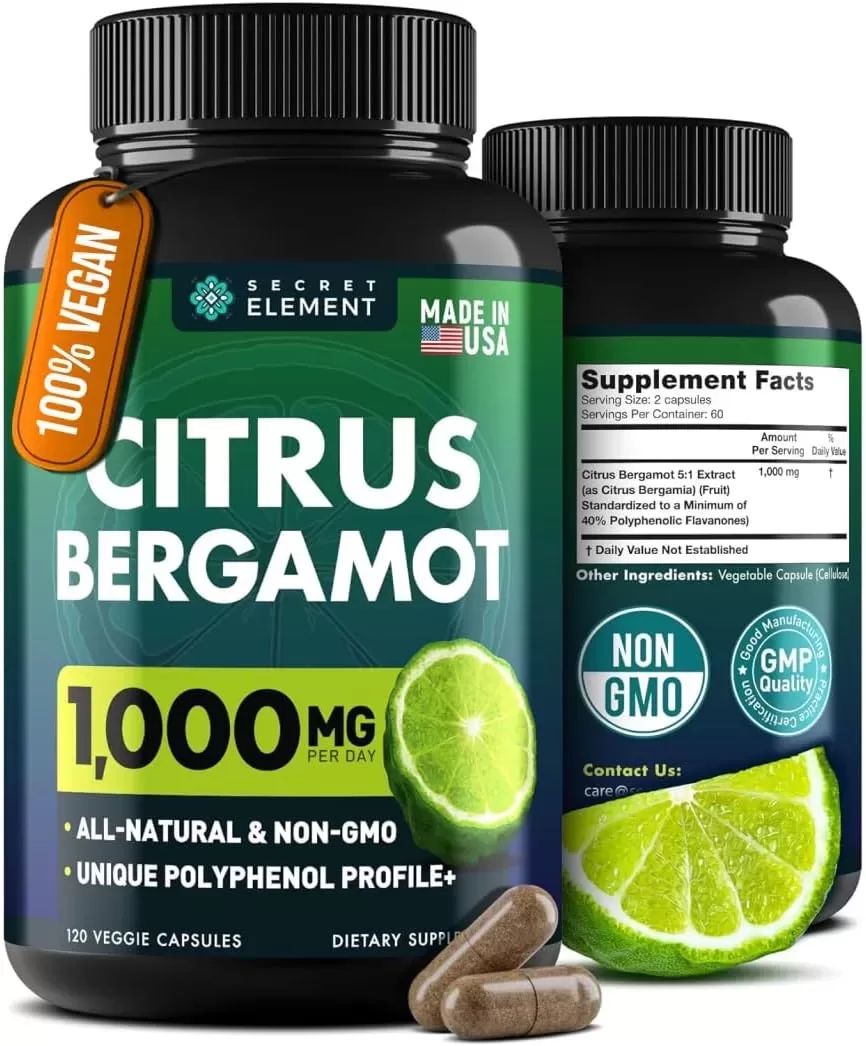
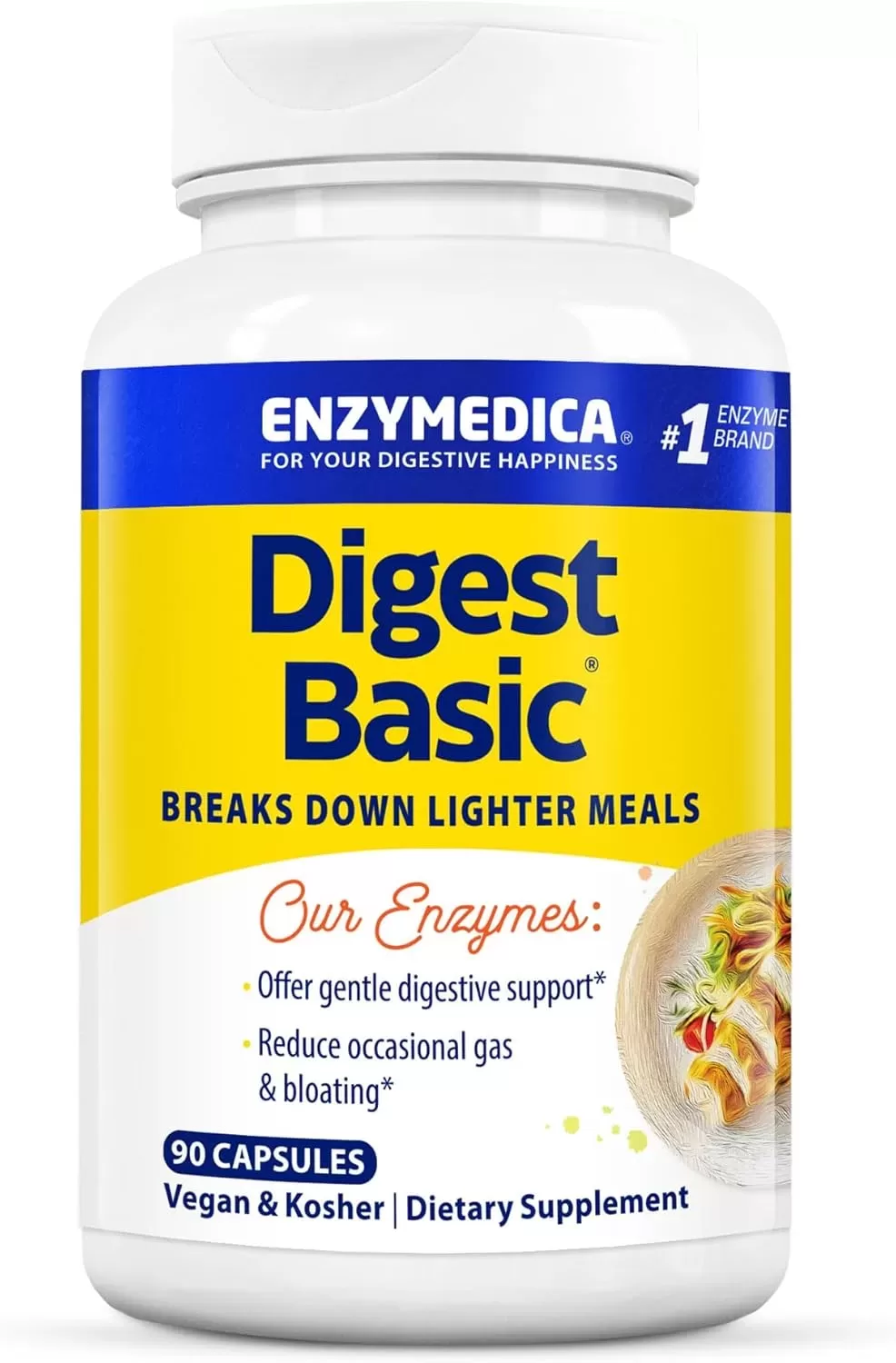
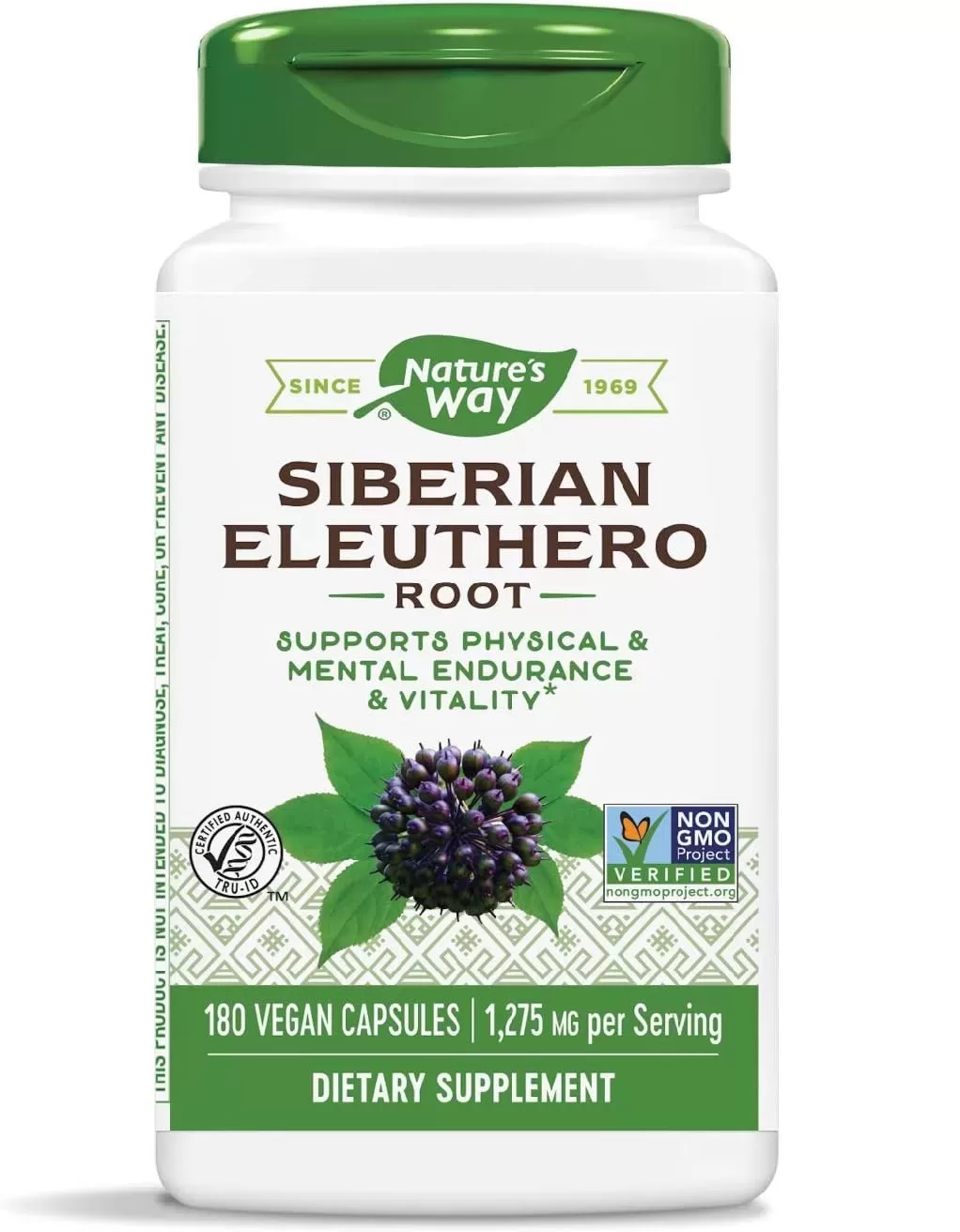
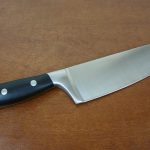

Comments are closed.